
Electric oven uses in laboratory, also known as forced convection oven, is designed for drying, curing or heating applications, with precise temperature control and uniform heat distribution. The hot air circulation creates a controlled environment that allows for fast and efficient drying.
Model: TBPG-9030A
Capacity: 30L
Interior Dimension: 320*320*300 mm
Exterior dimension: 665*600*555 mm
Description
Electric oven uses in laboratory can remove moisture from samples or materials. It typically consists of a heated chamber with shelves inside for placing the samples. The temperature inside the oven can be controlled, and maintained at a specific level to facilitate the baking process. These baking ovens are available in different sizes and temperature ranges to accommodate specific requirements.
Specification
| Model | TBPB-9030A | TBPB-9050A | TBPB-9100A | TBPB-9200A | |
|
Interior Dimension (W*D*H) mm |
320*320*300 | 350*350*400 | 450*450*450 | 600*600*600 | |
|
Exterior Dimension (W*D*H) mm |
665*600*555 | 695*635*635 | 795*730*690 | 950*885*840 | |
| Temperature Range | 50°C ~ 200°C | ||||
| Temperature Fluctuation | ± 1.0°C | ||||
| Temperature Resolution | 0.1°C | ||||
| Temperature Uniformity | ± 1.5% | ||||
| Shelves | 2 PCS | ||||
| Timing | 0~ 9999 min | ||||
| Power Supply | AC220V 230V 240V 50HZ/60HZ | AC380V 400V 415V 480V 50HZ/60HZ | |||
| Ambient Temperature | +5°C~ 40°C | ||||
Features:
• Precise temperature control system
• Uniform temperature distribution
• PID microcomputer digital display controller
• Forced air convection
How does an electric oven uses in laboratory work?
The electric oven uses in laboratory works by generating hot air through heating elements, controlling the temperature using a precise temperature control system, and ensuring uniform heat distribution through air forced convection. These ovens are essential tools for laboratory applications, including drying, curing, and heat treatment. Here are the main components:
• Heating Element
• Temperature Control System
• Temperature Detection
• Air Circulation System
• Insulation
• Shelves
• Door and Sealing Mechanism
• Control System
• Safety Protection
General operation steps:
Here are operation procedures in an electric drying oven:
• Place the materials onto shelves, and keep some distance between them
• Preheat the oven to the required temperature.
• Set temperature and baking time on the digital display.
• Monitor the temperature during the baking process.
• Once the baking time is complete, the oven stops working automatically, please only open the door when the interior temperature cools down to the ambient temperature.
It's important to note that some materials are sensitive to high temperature, so it's essential to follow the recommended baking temperature and time. Additionally, baked materials should be stored in a dry environment to prevent moisture from re-entering the drying process.
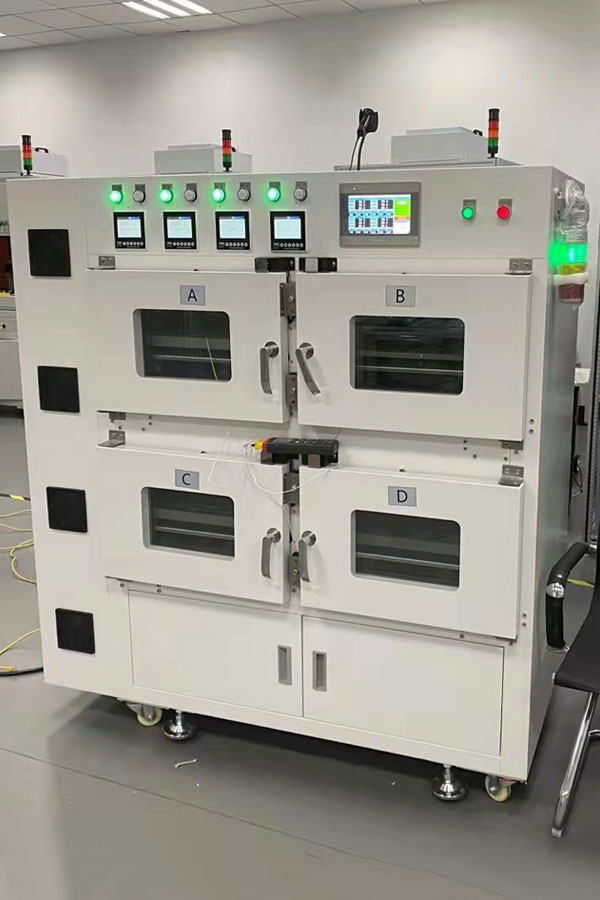
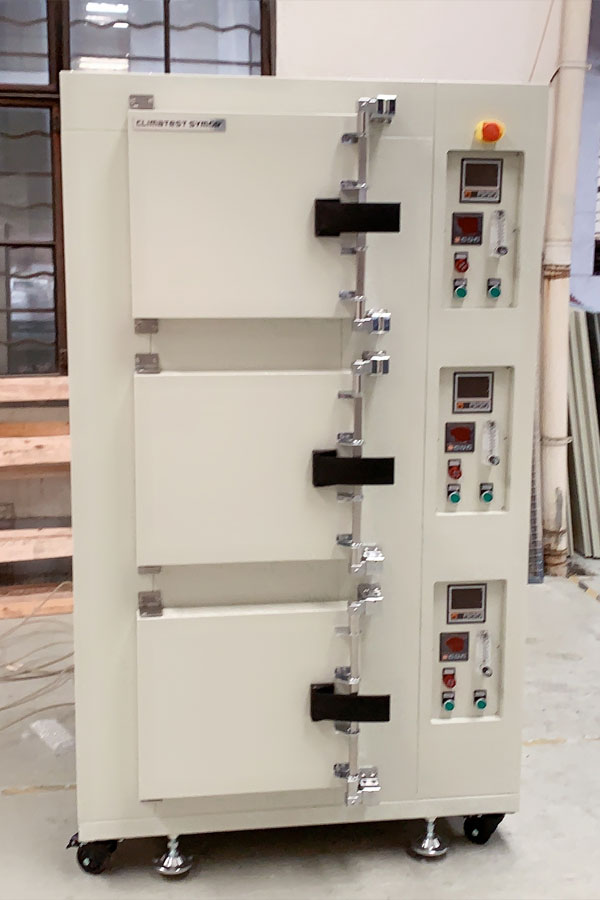
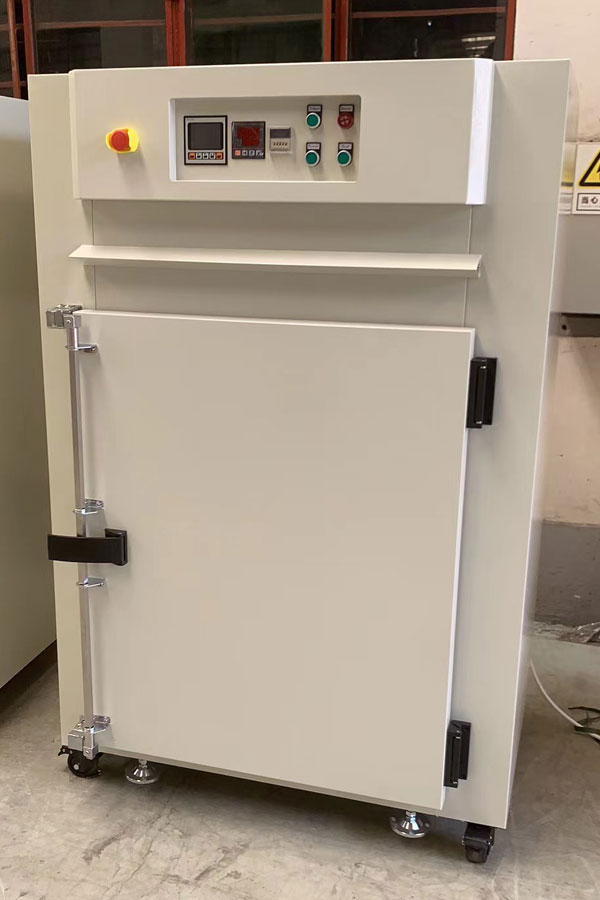
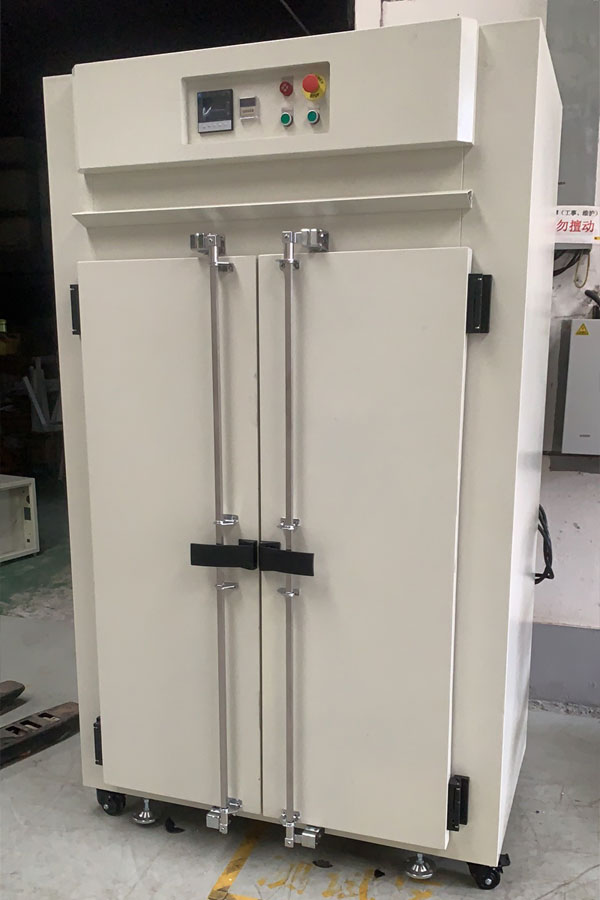
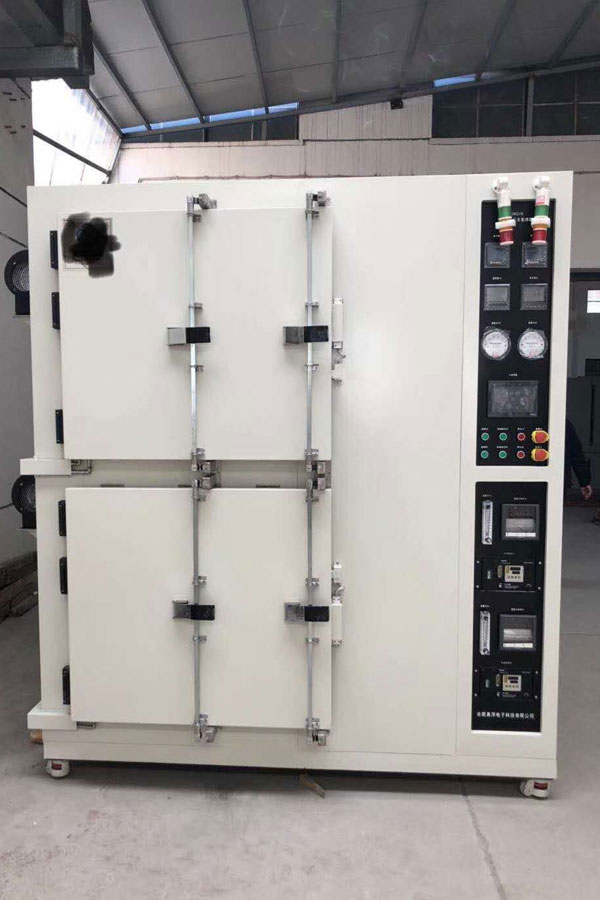
Application
Electric drying oven is commonly used in electronic manufacturing industry, due to its ability to provide accurate temperature control, uniform heat distribution, and reliable performance. Here are common applications of electric drying ovens:
Components Drying
Electronic components such as surface-mount devices (SMDs), integrated circuits (ICs), and connectors may absorb moisture during storage or handling. Moisture-sensitive components must be dried before soldering to prevent issues such as delamination, solder joint defects, and electrical failures.
PCB Baking
PCBs may also absorb moisture, particularly during the soldering process or when stored in humid environments. Moisture trapped in PCBs can lead to reliability issues such as solder joint failures and electrical shorts. Baking ovens are used to dry PCBs before assembly or rework to ensure proper soldering and prevent moisture-related defects.
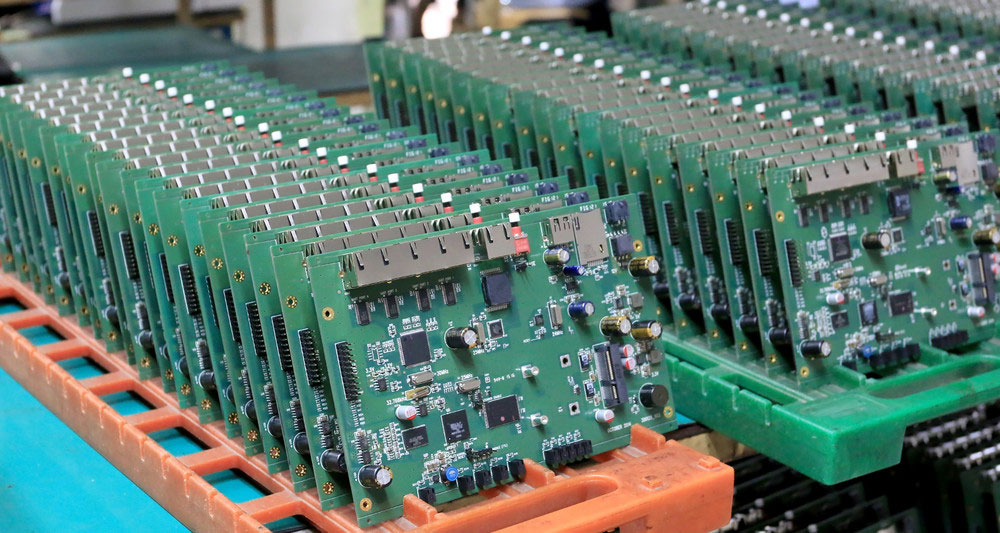
Solder Paste Drying
Solder paste, used in surface-mount assembly processes, contains flux and solder powder. Excessive moisture in solder paste can affect its performance and lead to soldering defects. Electric drying ovens are used to dry solder paste cartridges or stencils to remove moisture from components effectively.
Electric drying oven is an essential equipment in electronic manufacturing processes, ensuring the reliability and performance of electronic components and assemblies. By effectively removing moisture, curing coatings, and optimizing soldering processes, baking ovens contribute to the production of high-quality electronic products.